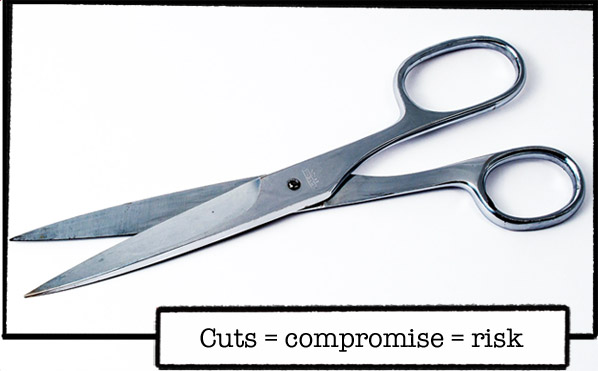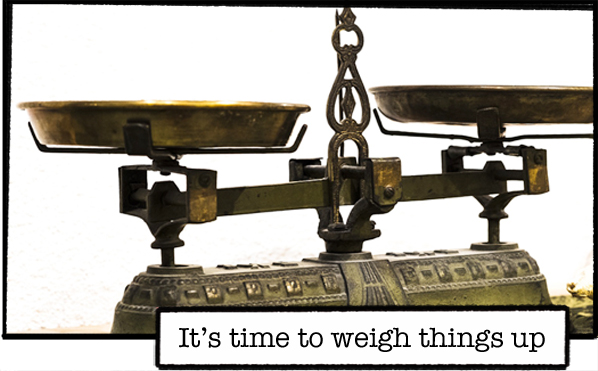When we think about school improvement and securing sustainable progress, it’s easy to get lost in worrying about the things we can’t control – government policy, Ofsted, the DfE, the ESFA etc.
Though we can influence some of these areas in the long term, when we go back to work tomorrow and shut our doors, what we’ll have is what we have right now.
Without a doubt, our greatest resource (and cost) is our people. Think for a moment about what they want from their job, what they want from us and perhaps why other people might want to come and work for us.
Essentially, they want what we all want in a job – the main things being:
- Reward & recognition
- Development
- Career progression
- Support
- Fair treatment
- Flexibility & autonomy
- Work/life balance
Training our staff is not only key to the improvement and stability of our schools but is also a crucial element of recruitment and retention. With unskilled staff, poor performance and high turnover, it does not take long for a school to slide into special measures.
Training builds capacity not only for individuals to progress but the school also.
When it comes to CPD, it’s easy in the world of education to narrow your scope to qualifications and conferences – no doubt impacting your view of the training budget you’ll need for 50-100 staff!
Whilst both qualifications and conferences have awesome benefits it’s unlikely that, on their own, they’ll provide your staff with all that they need to continuously develop. Thinking more widely about training and development opportunities can help you to get laser focused on improvement objectives (for both your staff and your school) and help you keep your training budget under control.
Factoring in learning and delivery styles, desired impact and ways in which the learning can be disseminated more widely in your organisation can also help you to make better decisions about what type of training to offer your staff.
Consider training opportunities such as:
- Mentoring
- Coaching
- Workshops to develop specific skills i.e. public speaking, report writing, interpreting financial data etc.
- Mastermind groups
- Seminars
- Local networks
- Online training/webinars
- Visiting/collaborating with partner organisations
- Research studies
- Secondments
- Work shadowing
Many of the above can deliver high impact at low cost. The key is to really get to grips with your staff as individuals and what role each plays in the success of your organisation.
Also, consider dividing your CPD strategy into three strands:
- CPD for those who are experiencing difficulty or need to brush up/keep up
- CPD to acquire new skills or further enhance existing skills in the roles people currently do
- CPD for skills that need acquiring in preparation for the roles people aspire to or are planning to undertake in the future
Aligning your training plans with your appraisal systems and succession planning strategy can provide you with a strong and cohesive staff and school development plan.
Cutting your training budget compromises all of these areas. Instead, by looking at training as part of the wider picture, you can develop high performing staff, achieve sustainability and secure the future success of your school.
There is so much choice out there for school leaders when it comes to CPD. If you’re limited by budget or are simply looking for new CPD ideas, then I’ve got something that might help.
Download my CPD Menu by clicking below:
Like what you’ve read? Subscribe to this blog by clicking here.
P.S. Have you joined The Business of School Leadership Facebook Group yet? For practical support, advice, tips, tools & guidance about all things school leadership, join us in the community by clicking here.
Written for: Edexec – Education Executive Magazine (@edexec)




